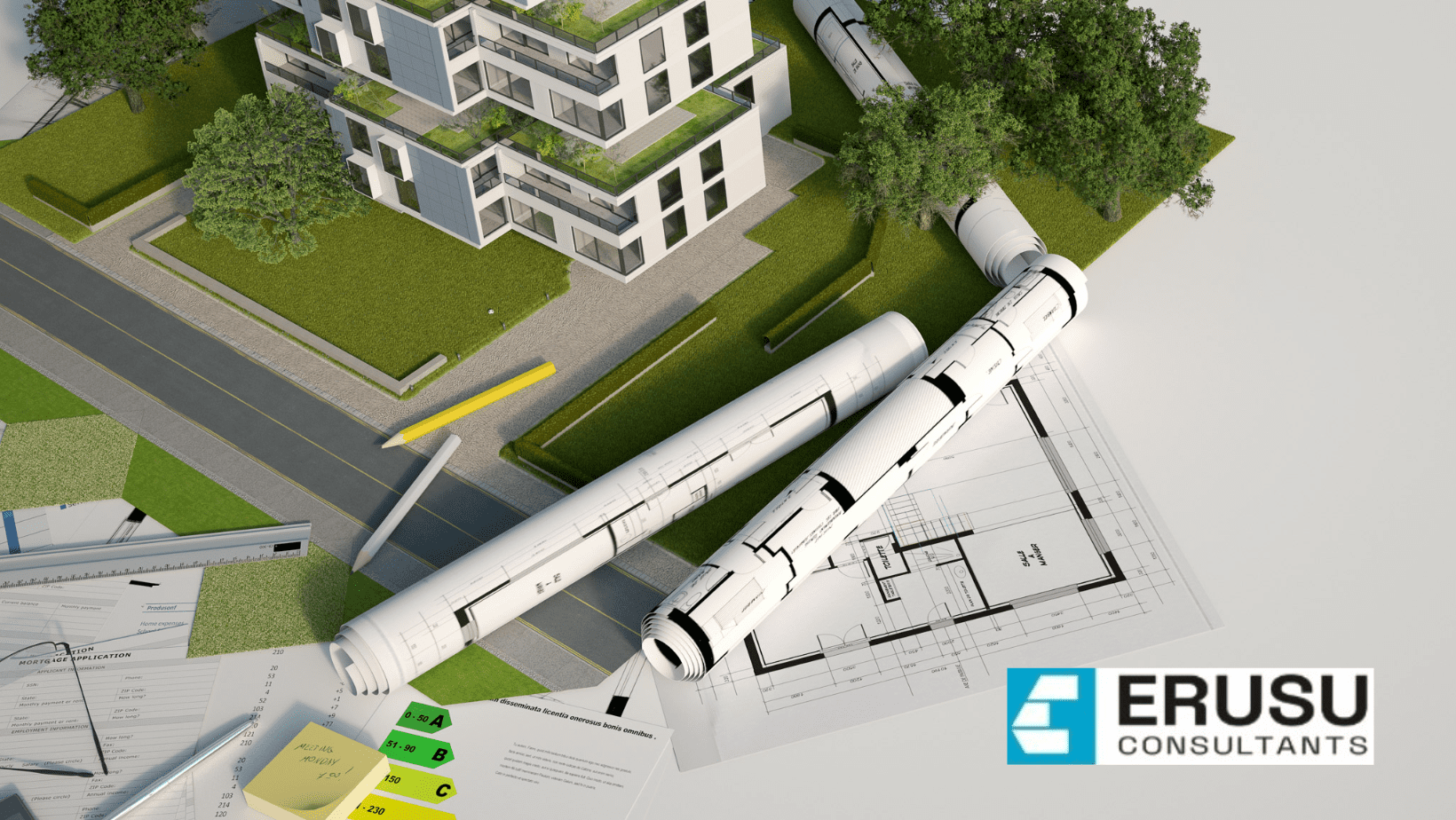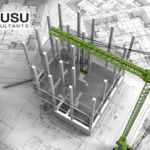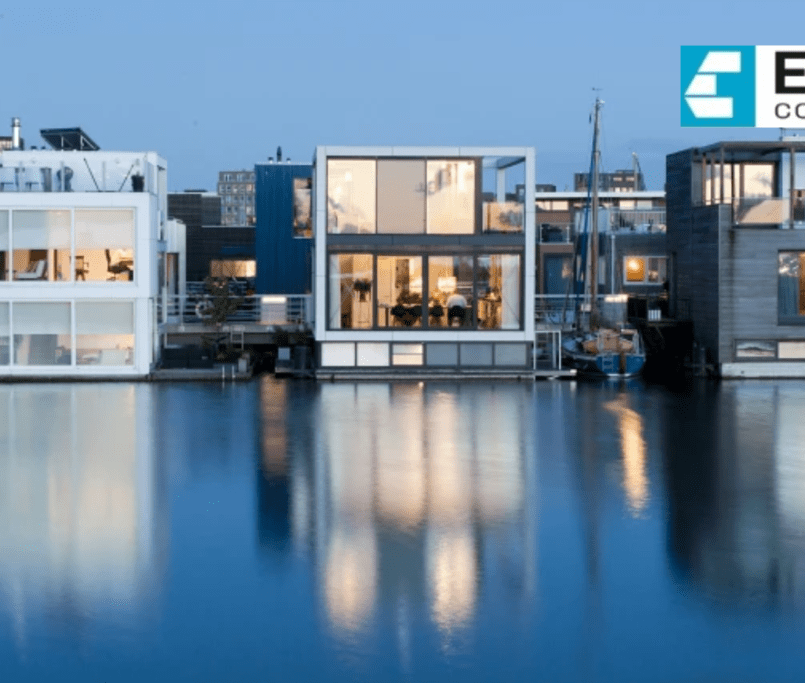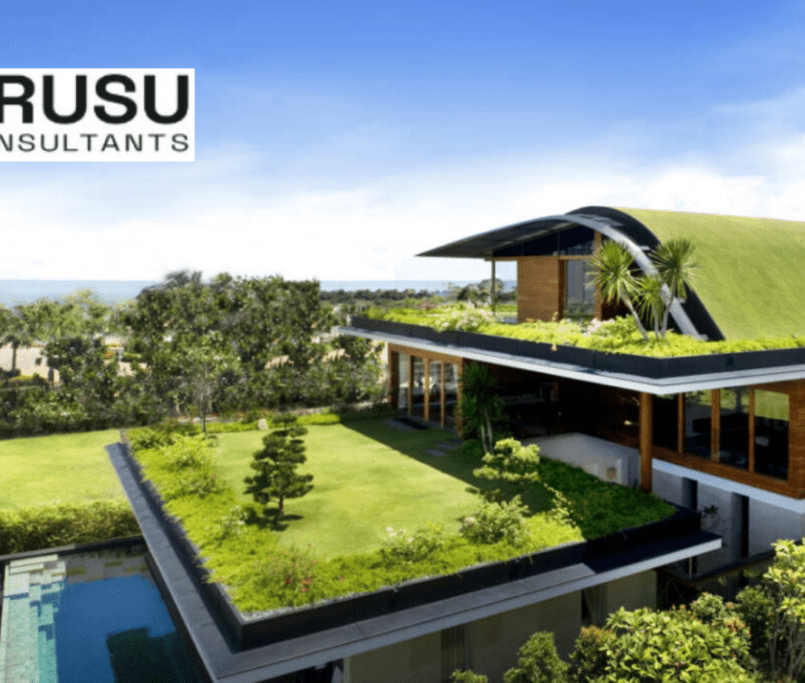Sustainable Skylines: Architectural Engineering for a Greener Tomorrow
Introduction:
In the quest for a sustainable future, architectural engineering stands at the forefront of innovation. “Sustainable Skylines” represents a vision where towering structures not only symbolize urban development but also embody a commitment to environmental consciousness. This article delves into the realm of architectural engineering, exploring the pivotal role it plays in shaping a greener and more sustainable tomorrow.
- Designing with Nature in Mind: Architectural engineering today goes beyond aesthetics; it’s about integrating nature into the very fabric of design. From green roofs to energy-efficient facades, architects and engineers are collaborating to create structures that harmonize with the environment.
- Innovations in Building Materials: The pursuit of sustainability has led to groundbreaking advancements in building materials. Engineers are exploring eco-friendly alternatives, such as recycled steel, bamboo, and engineered wood, reducing the carbon footprint of construction projects.
- Smart Energy Solutions: The integration of renewable energy sources is a hallmark of sustainable architectural engineering. Solar panels, wind turbines, and other innovative technologies are becoming integral components of modern skyscrapers, generating clean energy and reducing dependence on traditional power grids.
- Green Infrastructure and Urban Planning: Architectural engineering extends beyond individual buildings to encompass entire urban landscapes. Sustainable skylines involve thoughtful urban planning, with an emphasis on green spaces, pedestrian-friendly zones, and efficient public transportation, creating cities that are both livable and environmentally conscious.
- Adaptive Reuse and Retrofitting: Rather than demolishing old structures, architects are increasingly focused on adaptive reuse and retrofitting. Converting existing buildings into eco-friendly spaces not only preserves cultural heritage but also minimizes the environmental impact associated with new constructions.
- Waste Reduction Strategies: Sustainable skylines are marked by a commitment to minimizing waste. From construction debris to daily operational waste, architectural engineers are implementing innovative strategies for recycling and waste reduction, contributing to a circular economy.
- Community Engagement and Education: Building a greener tomorrow involves the active participation of communities. Architects and engineers are engaging with residents, educating them about sustainable practices, and involving them in the decision-making process to ensure that the benefits of sustainable skylines are shared by all.
Conclusion:
In the evolving landscape of architectural engineering, the concept of sustainable skylines is not just a trend; it’s a necessity. As cities continue to grow and urbanize, the responsible integration of architectural design and engineering principles will play a crucial role in mitigating environmental impact. By fostering innovation, embracing renewable technologies, and prioritizing environmental stewardship, architects and engineers are shaping skylines that not only reach new heights but also reflect a collective commitment to a greener and more sustainable future.






